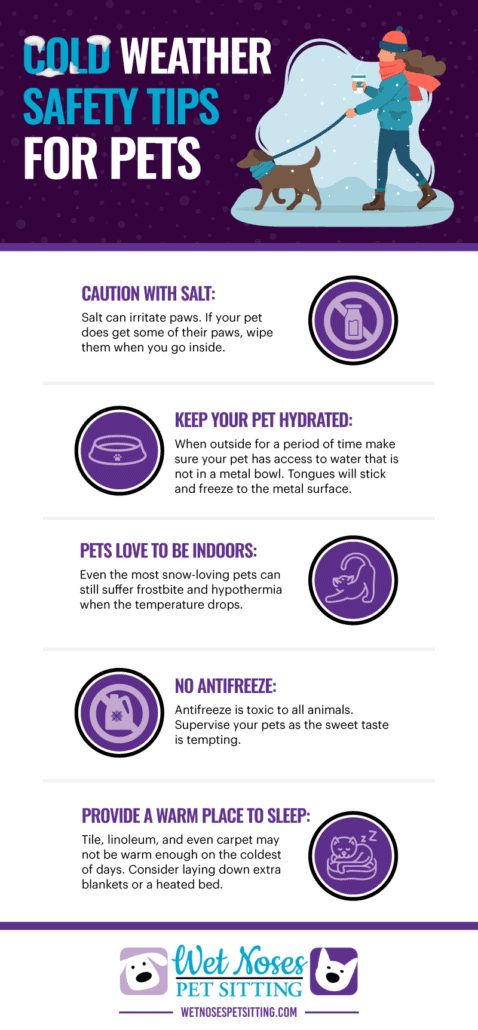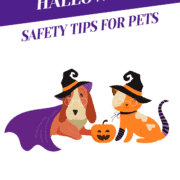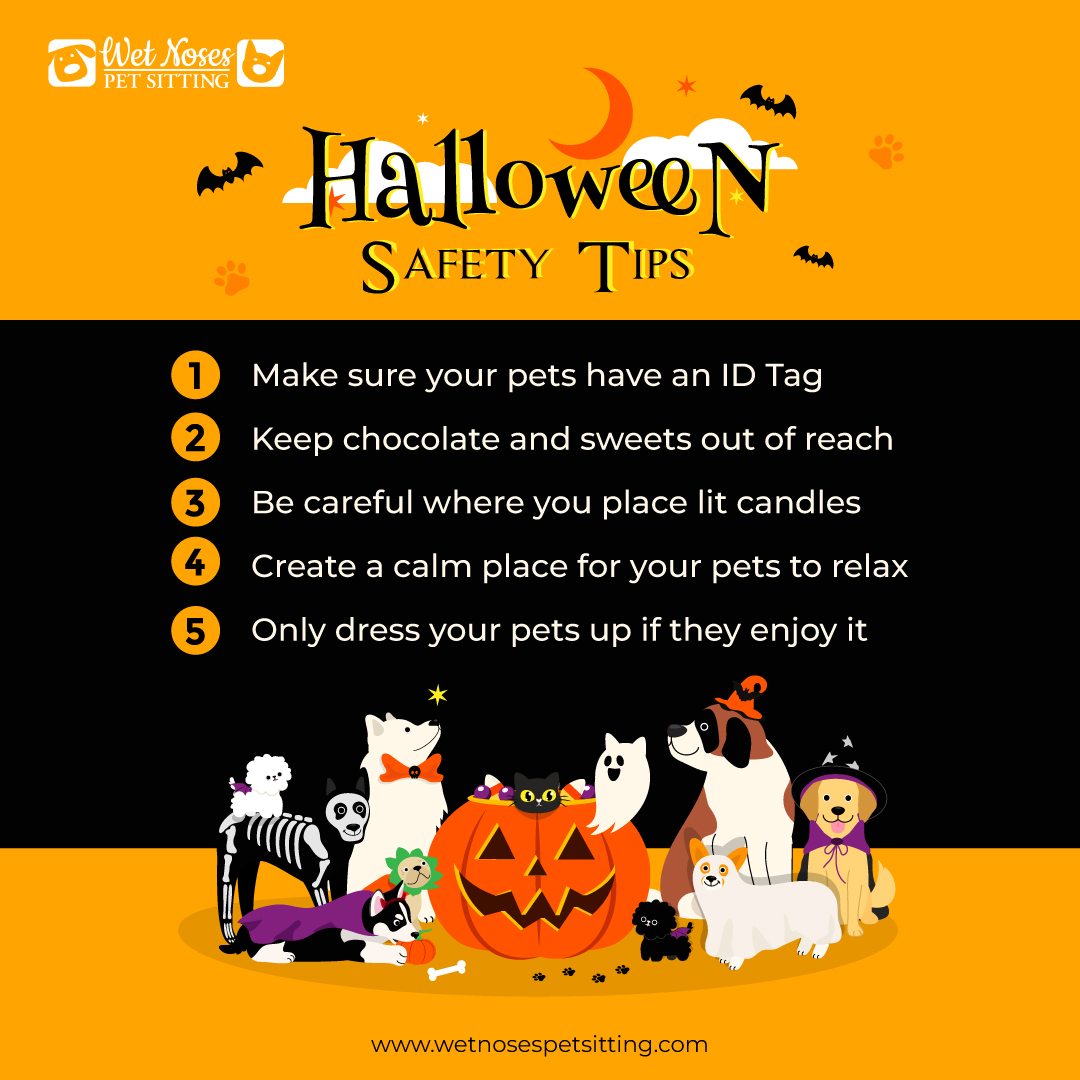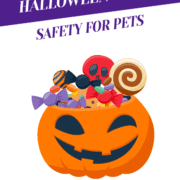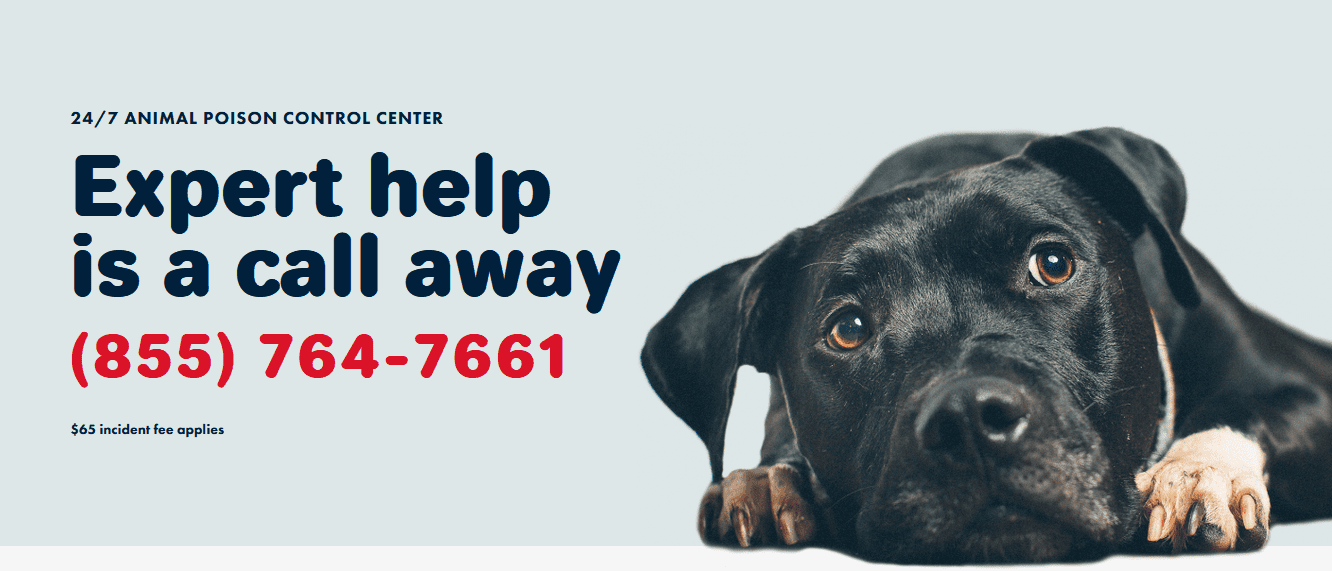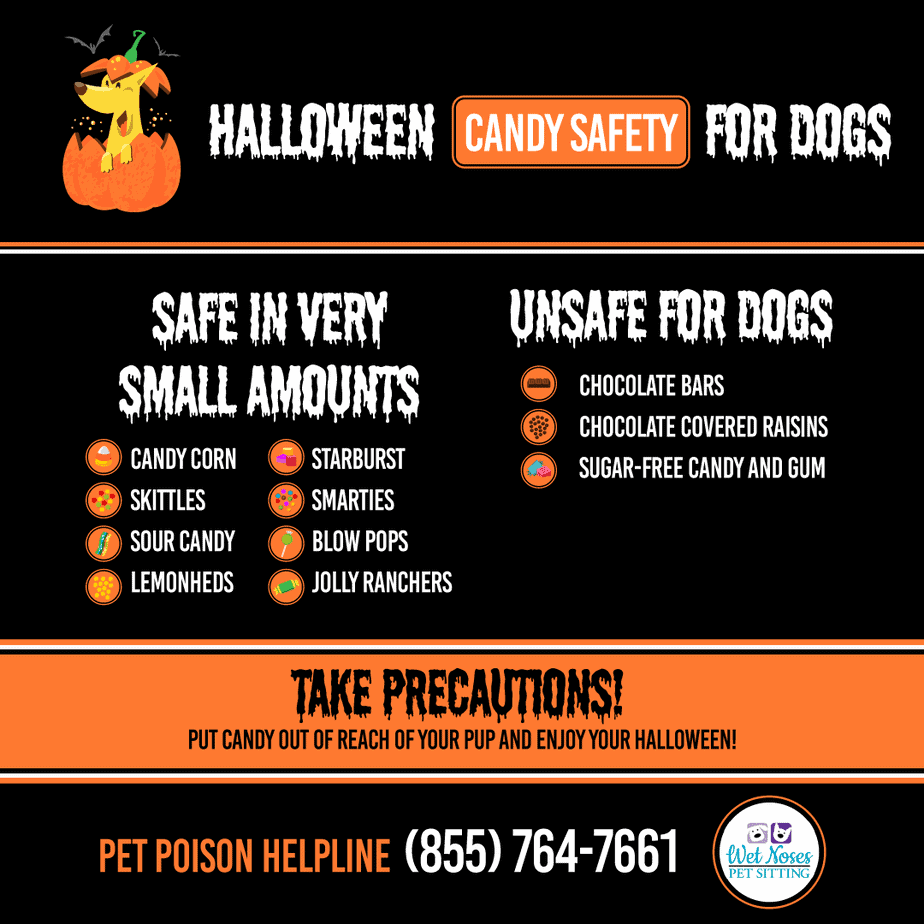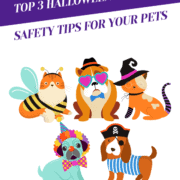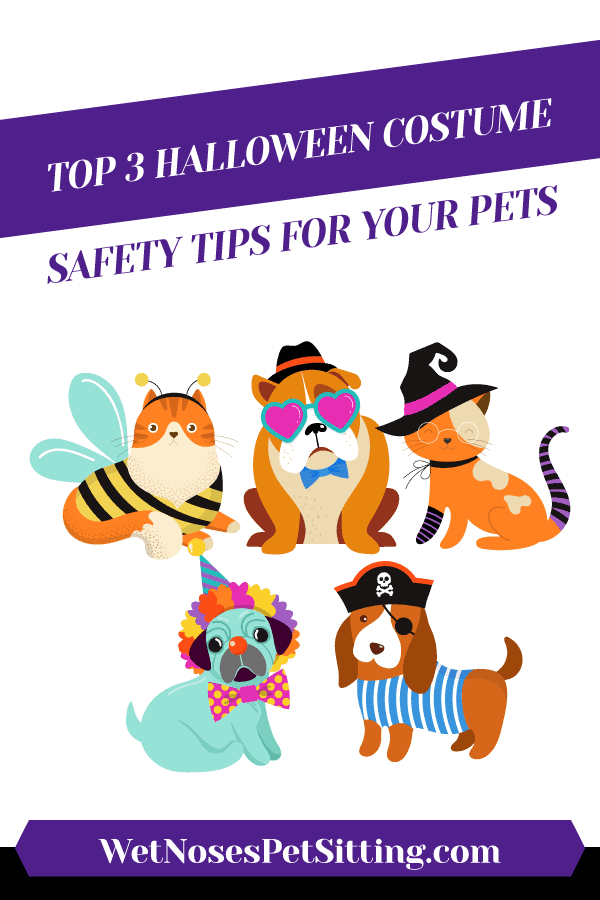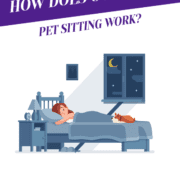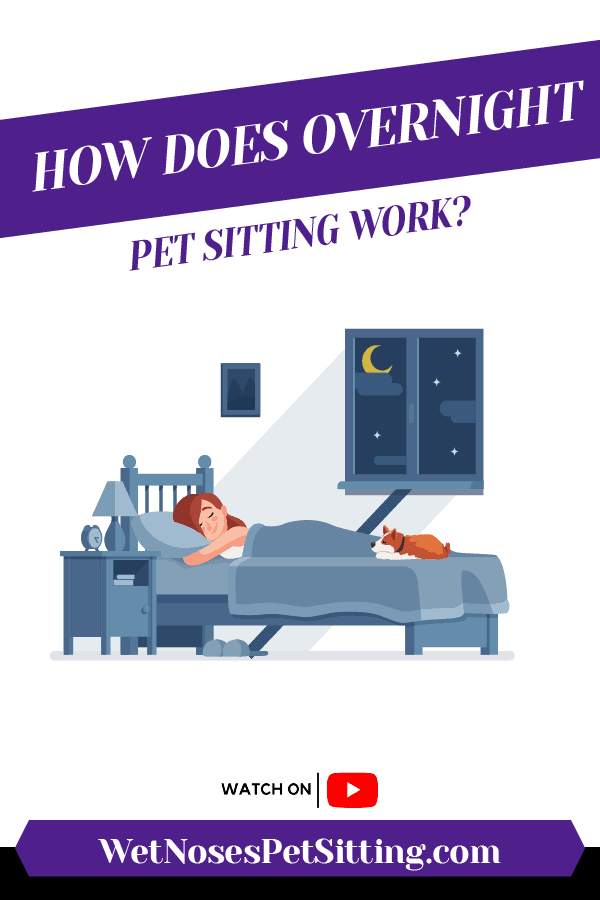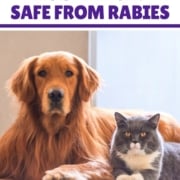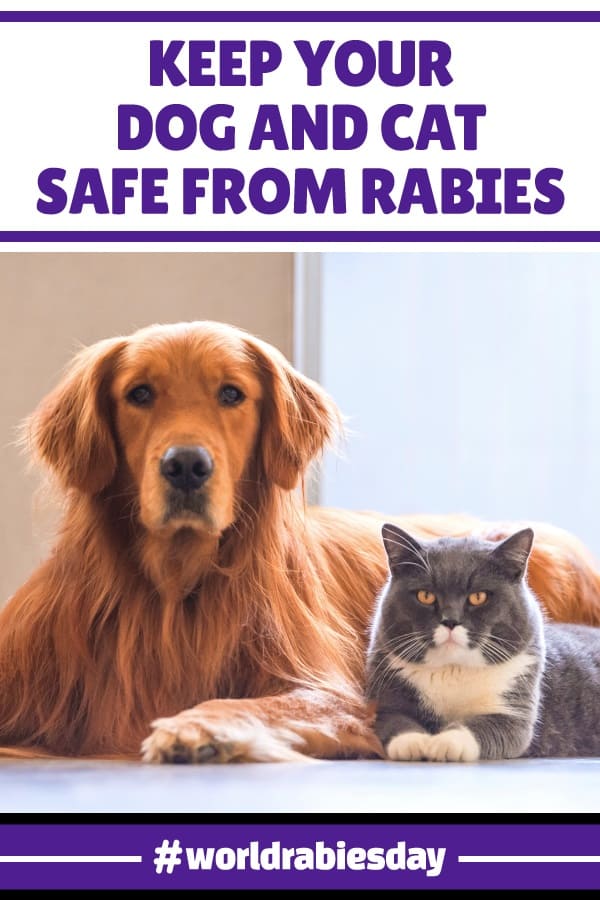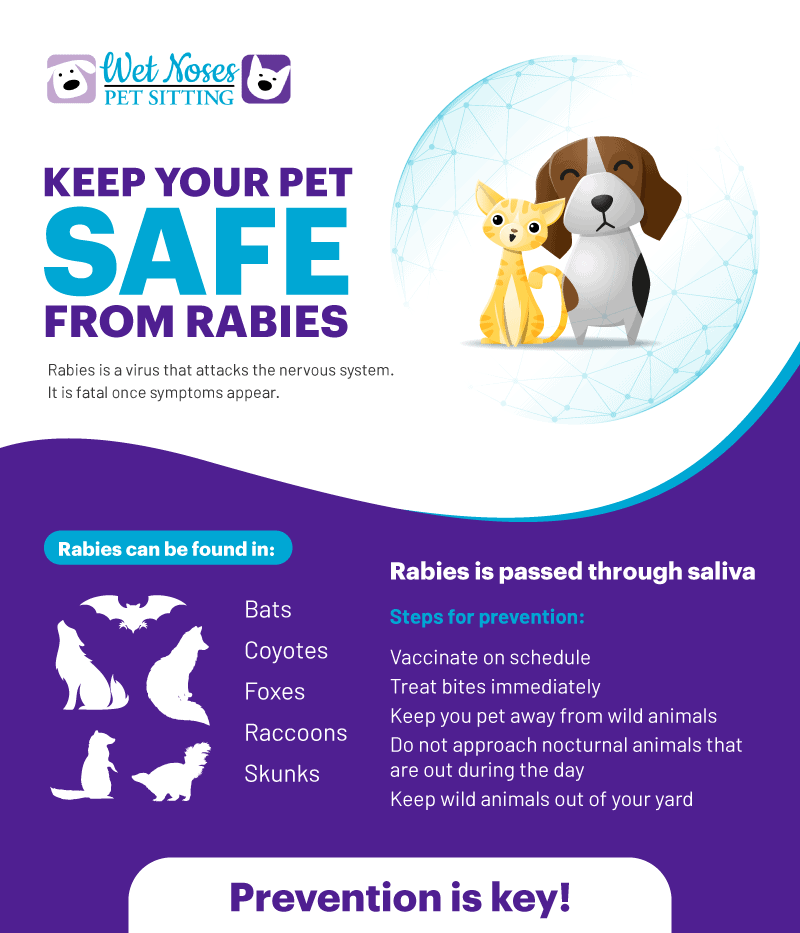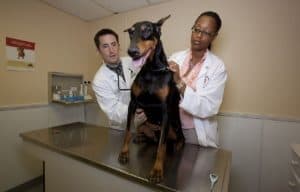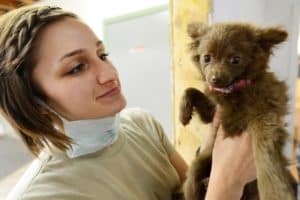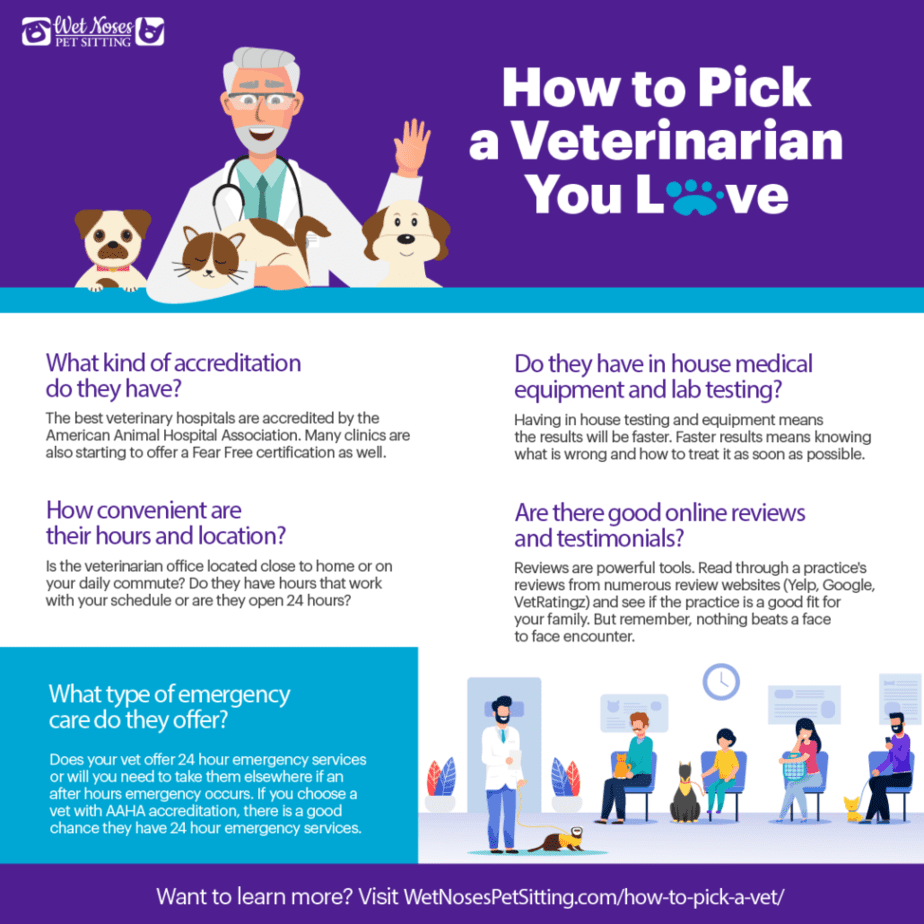Dogs in Hot Cars – What are the Colorado Laws for Breaking Windows?
During the summer months us animal lovers will often stumble upon dogs left in hot cars. There is always a debate about exactly what to do in this situation, and what you can legally do. I know, we all say we will do whatever needed to save a dog, but it is good to know when the law will back us up. Thankfully a new Colorado law has made provisions for when you can legally break a car window in order to save an animal in distress.
Steps Before Breaking a Car Window
Take Reasonable Steps to Find the Owner. Write down the license late, make and model of the car, as well as a description of the dog. Ask around inside the building the car is parked in front of. Have an announcement made by the business. Do whatever you can to find the person. Ideally get someone to keep an eye on the dog so that the situation does not become dire while you are looking for the owner.
Check to See if the Car Doors are Unlocked. This may seem silly, but many people in Colorado leave their doors unlocked, especially when their dog is in the car.
Track the Symptoms of the Dog (list of heat stroke symptoms are below). You are only able to break a window if the dog is in immediate distress. This means if the dog is still panting but not yet in heat distress, you are not legally allowed to break the window. Watch for signs that the dog is passing over the threshold into heat stroke.
Contact the Police. Inform them of the situation and that you intend to break a window on the car. You will need the police there to document the situation before you leave.
Take a Video to Prove the Animal was in Distress. This will back up your story to the owner and the police if there is any question.
If the dog is showing signs of distress and the owner is no where to be found, break a window. Make sure this is away from the dog so they are not injured by the glass. Quickly remove the dog from the car and begin administering care to reduce the dog’s body temperature (details below).
Wait for the police to arrive. The police will try to locate the owner and will contact animal control to secure the dog. If the dog needs medical attention, they can help arrange it.
Signs of Heat Exhaustion
- Excessive panting
- Excessive drooling
- Reddened gums
- Dizziness or lack of coordination
- Glazed eyes
- Lethargy
- Loss of consciousness
Treatment
- Move the dog to a cool area in the shade.
- Use water to cool down the dog, but not cold water. Water that is too cold will send the dog into shock.
- Do not give the dog food and only small amounts of water to drink until she is stable. It’s important to hydrate your pets in the summer. Not just when they’re exposed to excess heat.
- Massage her legs to help circulation.
- Watch her temperature to make sure it continues to cool (normal is 101-103 degrees F).
- Seek veterinary attention. Serious heat stroke can cause lingering health problems that need to be treated and monitored.
These steps also apply to cats and any animal that is in a hot car and is distressed. We most commonly see dogs being left in cars because dogs go with us more places. Any animal can be effected by heat.
Summary
We all want to help dogs in distress. Follow these steps to make sure you do not run into any legal trouble for your good deed!



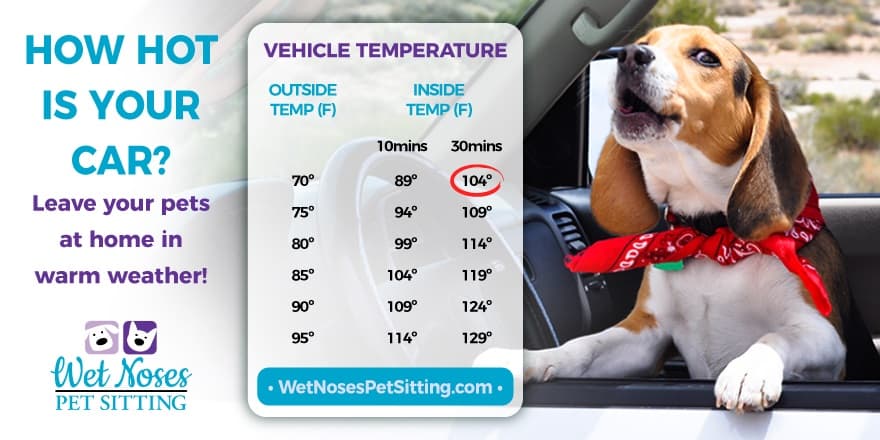

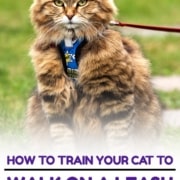
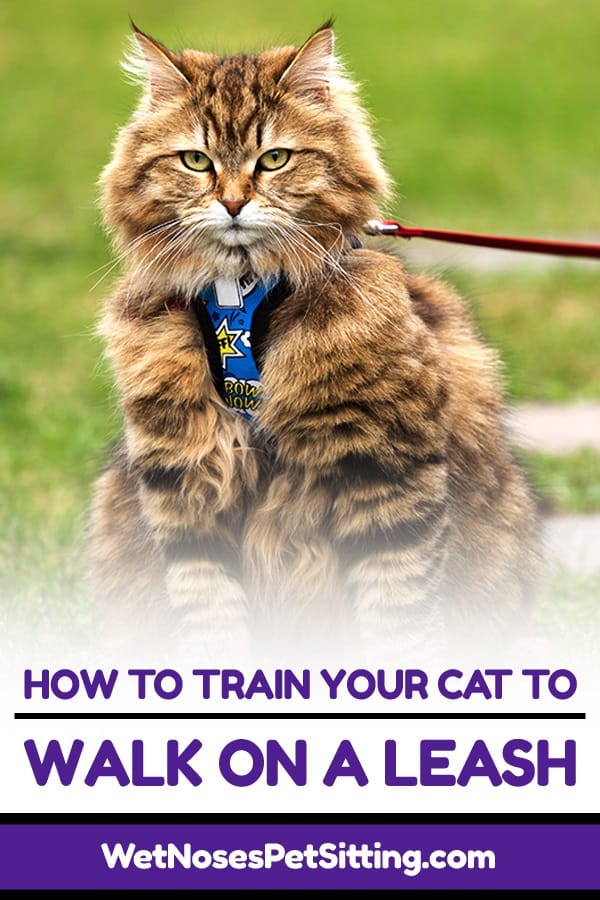

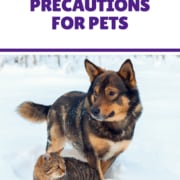
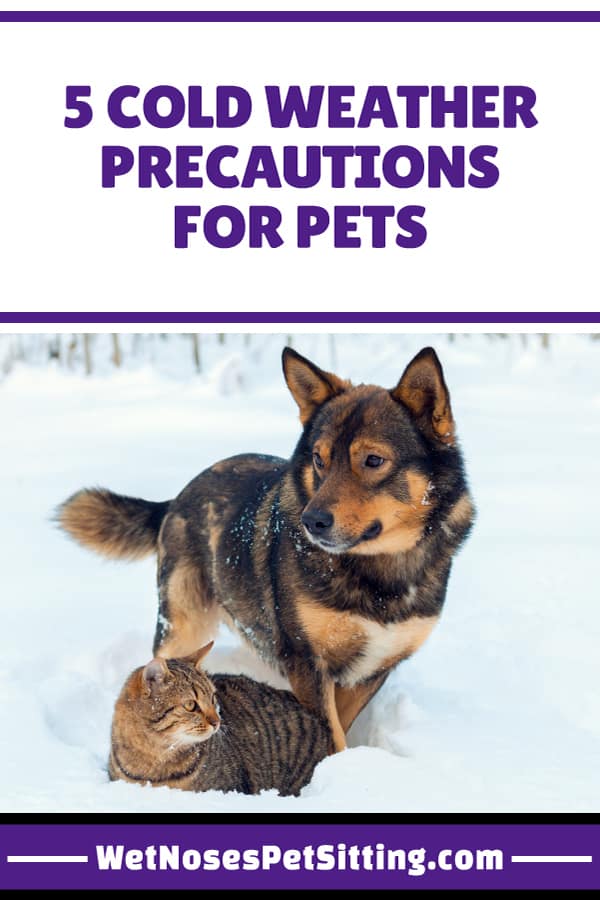
 Please, take a moment to read some tips for cold weather precautions and how to keep your pet safe and warm this winter season:
Please, take a moment to read some tips for cold weather precautions and how to keep your pet safe and warm this winter season: